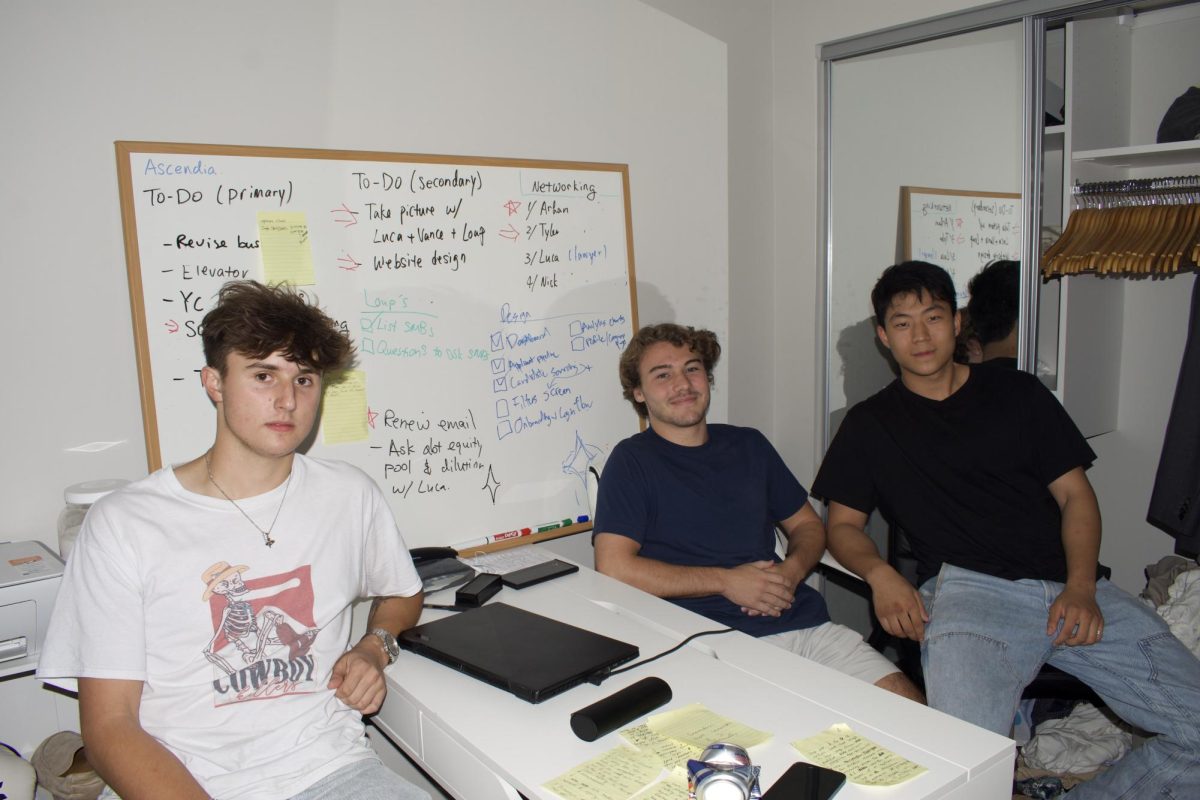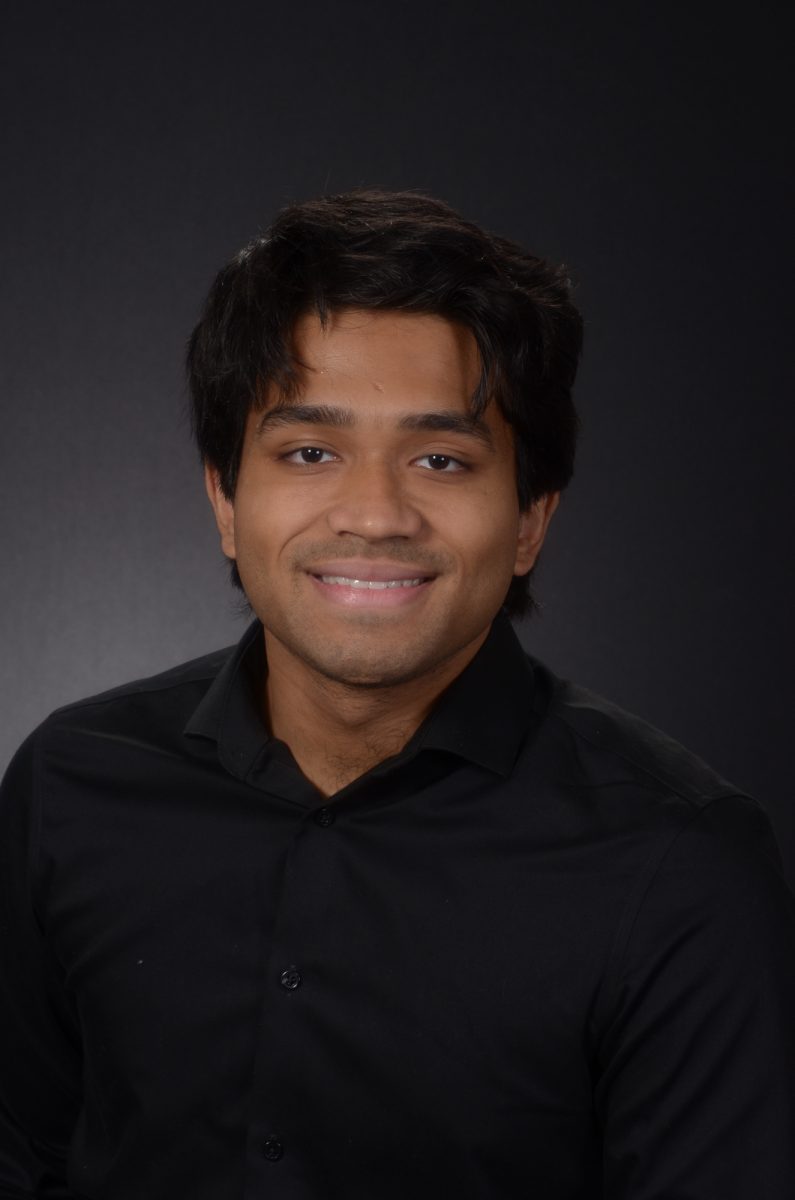For many years, cosmetic companies like Sephora sold makeup. Now, according to authors Linda Bernardi, Sanjay Sarma and Ken Traub, they’re selling packaged beauty.
Last Thursday, the authors discussed “The Inversion Factor,” their book which explores how businesses are moving away from a product-based mindset to a needs-based mindset, in a fireside chat at the Massachusetts Institute of Technology on Thursday.
“Do you sell a mattress?” Sarma asked, “Or do you enable sleep?”
Inverted companies begin by aiming at the experiences of their customers, making sure the product is satisfying their needs by constantly developing, rather than just focusing on one static product.
“Instead of having the customer wrap around the product,” Sarma said, “the company wraps around the customer.”
Since many companies grow and evolve through technology, these companies must be technologically omnivorous, using all forms of technology to create better products. This, in turn, leads to products, like “smart” devices, being connected to the rest of the world.
Inverted companies are also disruptive, constantly trying to change the game and get something new out there, which can sometimes mean abandoning old products in favor of new ones. Companies too hesitant to try this are usually ones with a solid brand that they follow.
One of the biggest problems a company can have is that it can’t be disruptive because it has a legacy or too much of an established brand. “Brand is whatever limits you,” Bernardi said.
Both said the more singular a brand is — the more a company is focused on a single product — the harder it is for that company to later branch out. Sarma recalled Colgate’s attempt to sell packaged food, an experiment that ultimately failed.
“People thought it would taste like toothpaste,” Sarma said.
Huge industries with more traditional business models are beginning to suffer because of inversion, Bernardi said.
“For one, banks. Why? Because of cryptocurrency and online banking.” she said. “When was the last time you actually walked into a bank?”
Bernardi and Sarma said inversion isn’t a one and done move, it’s a process — one that can take years. Inversion, Bernardi said, happens in four steps: the creation of the thing itself, the internet of things, the intelligence of things and the immersion of things. In the example Bernardi gave, the thing was a toaster oven.
First, the toaster oven is assigned to an app that lets its owner turn it on and off remotely, so it’s now within the internet of things.
Next, the toaster oven is able to scan a barcode on the food, and immediately knows to cook it for a certain time at a certain heat; this is called the intelligence of things.
Finally, the toaster oven is able to communicate with other devices, like a drone that delivers food or the fridge that is also in communication with Amazon. This is the immersion of things.
“Right now we’re between IoT and Intelligence of Things,” Bernardi said. “Not everything’s intelligent yet and you might have your light switches, connected to your Nest, connected to something else, and you still have to do a lot of work. But eventually those things are gonna function with each other.”
The concept of a company molding to its customers isn’t exactly a new idea, said Jeffrey Furman, a professor at Boston University’s Questrom School of Business. “The idea that companies should serve customers but anticipating the broad set of future customer needs is as old as the fields of strategy and innovation.”
Furman said companies that embrace flexibility are more likely to prosper in the future.
“Companies that have seen themselves much more broadly — say mobility companies, rather than car companies, are more likely to be able make technological transitions,” Furman said. “But I do think that’s a principle that’s been relatively well-established for a pretty long time.”
The important thing, Bernardi said, is to remember that no company is separate from inversion.
“There is no industry that is immune to inversion,” she said. “What there is is resistance.”



























































































































